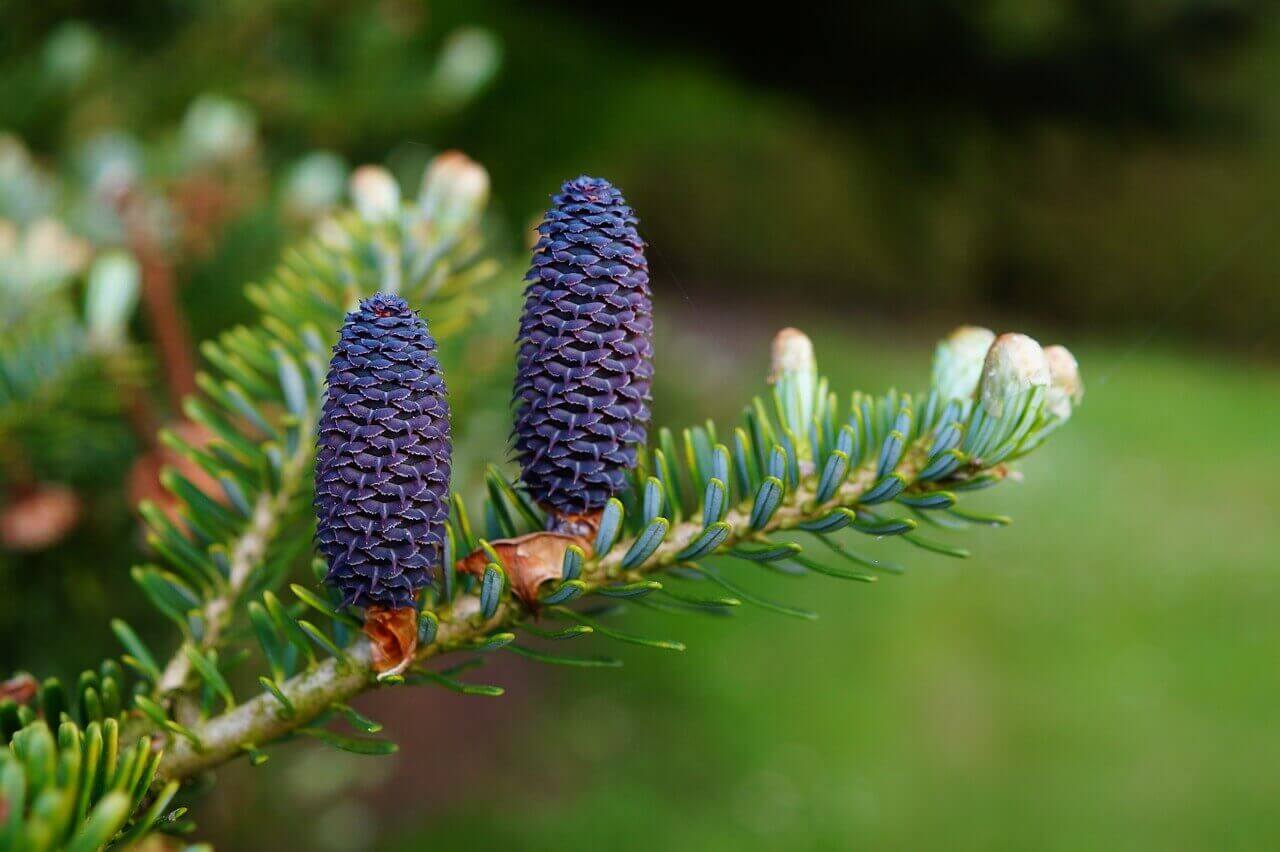Denver weather continues to change its mind about the season, and in April we experienced a heavy freeze with the sudden snowfall. Many trees were affected by freeze damage, like ash, honey locust, and some oak trees – but not to worry, many trees lost leaves, but they will continue to grow and push new sets of leaves in the coming weeks. It is important to make sure all your trees are in good condition and maintaining proper health, so pay attention to watering during this spring season and make sure all your plant life is fully hydrated. Pests can also have a heavy effect on your trees when not tended to – and at this time, IPS beetles could damage your pine or spruce trees.
Are you making sure your pine and spruce trees are being properly cared for to avoid damage from IPS beetles? These little bugs can do quite a bit of damage and the best thing you can do is to be prepared and take preventative measures. Learn what the IPS beetle is, ways to protect pine and spruce trees with trunk injections and other information about spring deep root fertilization from your local tree service company.
What is the IPS Beetle?
IPS beetles are small black or red/brown insects that are attracted to pine and spruce trees—more specifically, pine and spruce trees that are in failing shape. Because of their activities, they are also known as “engraver beetles.” Trees can become damaged due to poor care or from weather damage that leads to the trees to get into poor shape. IPS beetles thrive on weakening trees. The IPS beetle works its way into the bark of the tree. From there, it digs tunnels within the tree which eventually leads to its demise. You may notice that there is an IPS beetle infestation in your tree by noticing yellow or red dust around your tree. There may be small holes around the tree as well. Woodpeckers are often drawn to the IPS beetle, so if you see more woodpeckers than usual, it may be another sign of an issue.
Protecting Pine and Spruce Trees with Trunk Injections and Sprays
By protecting your pine and spruce trees with sprays or trunk injections, you can help to bring back your trees and avoid attracting IPS beetles. When the trees are ailing, it is important to do everything you can to bring them back to life. Make sure you are watering your trees frequently, at the proper amount. Next, make sure you have the dead or dying branches trimmed. When you use the injection method for pest prevention, you will be covered for an entire season. By using a spray, you can help to combat beetle infestations from becoming a larger issue.
Spring Deep Root Fertilizations
Another way to help your pine and spruce trees this spring is through deep root fertilizations. During this fertilization process, a pipe is placed to around a foot into the ground. Fertilizer is inserted into the pipe and transported through the ground. Deep root fertilization can also be a way to help bring back struggling trees. Ideally, you will want to use an arborist to manage this type of fertilization. They can also assess damage on your tree and make other suggestions to help improve its health.
If you are ready to help improve the health of your pine and spruce trees, American Arbor Care can help. We have a variety of tree and shrub health management services that will get your trees back in shape. This will also help to deter IPS beetles. To get started, give us a call at 303-639-8584.

